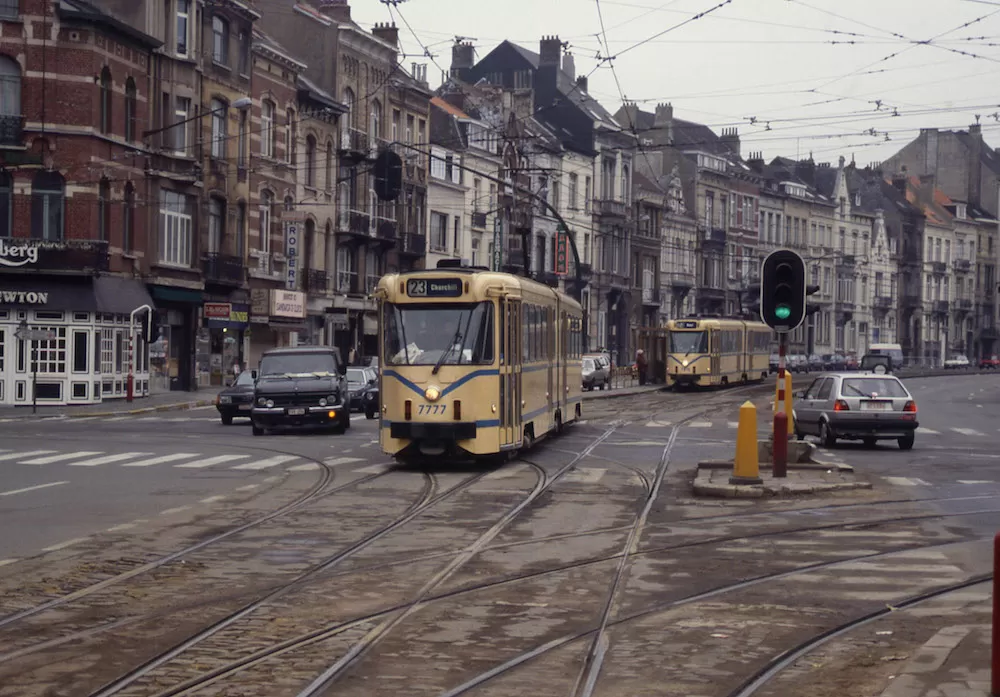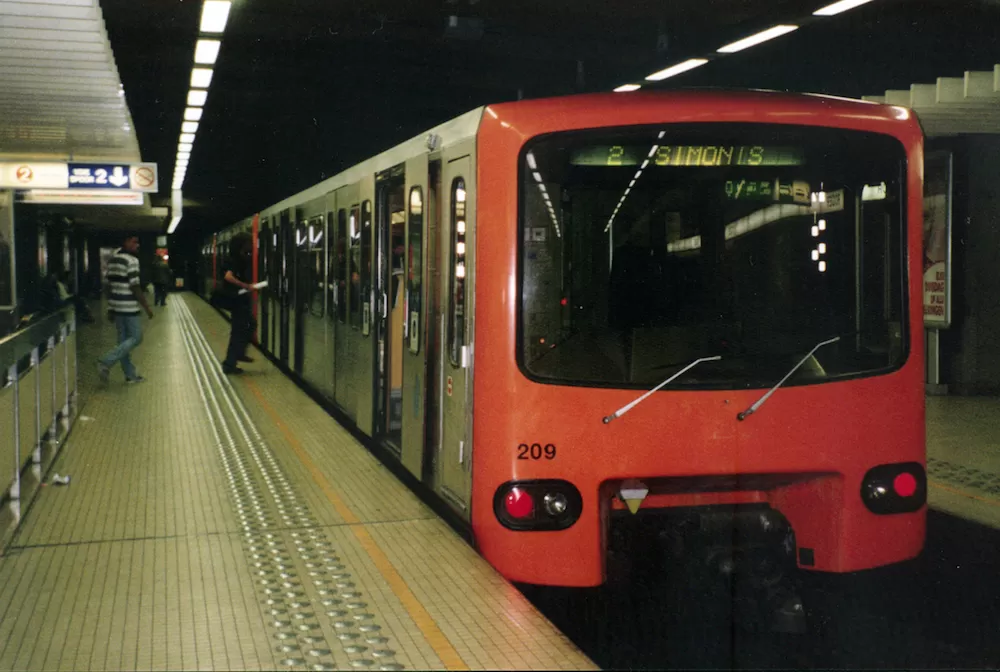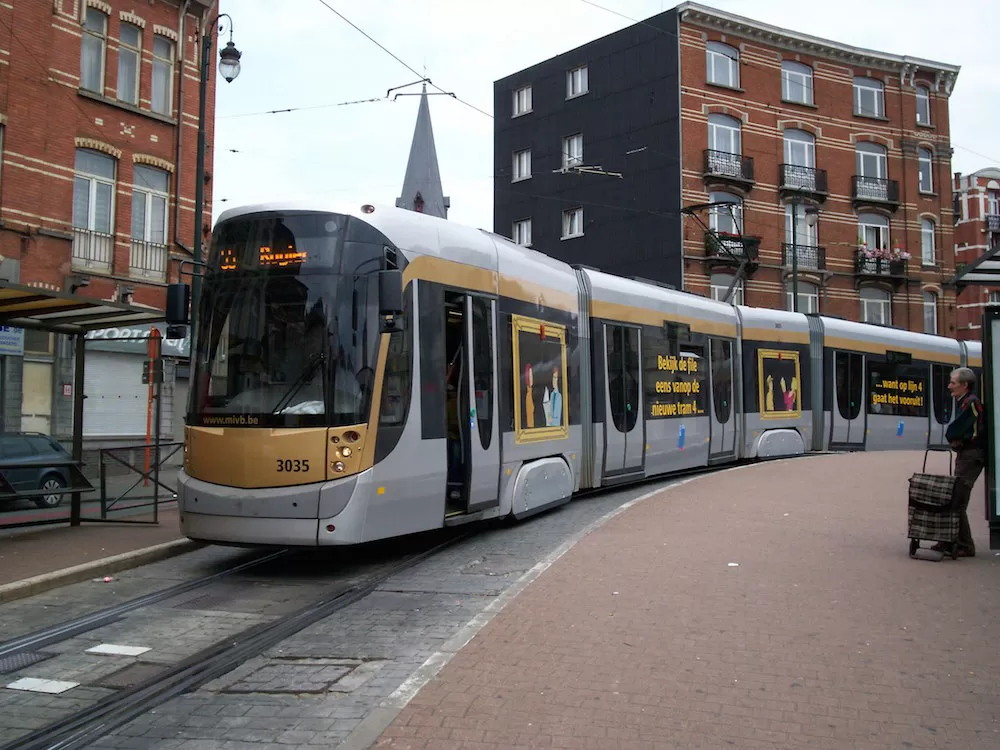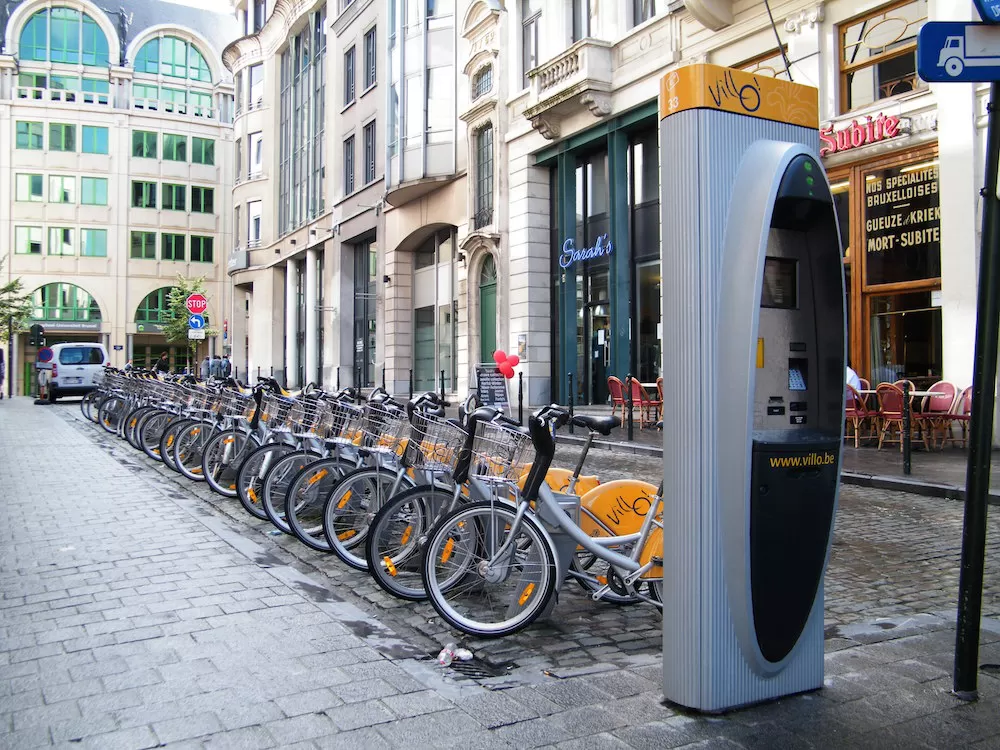
In any major city out there, the first things you ought to know when it comes to public transport rate the travel passes. Most cities offer them because they allow unlimited and easier access to users than simply buying a ticket every time one rides a mode of transportation. Here in Brussels, there are 'contactless tickets' which are basically digital tickets that can be bought online and usable for either an entire hour (€2.10) or day (€7.50). A MOBIB card, on the other hand, is a refillable ticket which you can fill with cash to pay for your rides. They only cost €5.00 on your first purchase.
There are about four separate lines that the Brussels Metro operates on, making it an effective public transport system to get you to any part of even neighborhoods in the city. Fortunately, the trains also run frequently, going to stations in three-minute intervals. And while this is convenient for the most part, it does require you to head to your train as fast as you can. Furthermore, while inside, the doors don't open automatically like those in the metro systems of other cities. You have to pull a lever yourself if you have to go down at your stop.

At times, it can't be helped that there places you need to go that don't have a metro station nearby. In such situations, the buses in Brussels are great alternatives. Operating on a variety of routes, you'll have more chances of getting to your stop with a bus than simply relying on the metro. However, unlike the metro, the buses here run on a certain timetable,. They don't get to stops as frequently as the metro does in a station so it pays to know the schedule of your bus route beforehand. Don't worry, a one-hour ticket here only costs €2.50, so it's cheap to ride a bus.
The Belgian capital's trams, on the other hand, sit right in the middle of the previous two public transport systems. They're slightly slower than the metro system underground but more frequent than the buses above ground. They're more suited for those who aren't running late or aren't in a hurry to get to where they need to be. More often than not, these trams go to the actual road, in separate lanes that are right beside the cars themselves. So expect the travel time to often be affected by the traffic in the city. Still, the tram system is also cheap and very efficient in its own way.

With at least one train stopping at the station every hour, Belgium's intercity transit system is perfect for when you want to go to a neighboring city. Let's face it, as big as Brussels is, not everyone can fit or even afford to live there. Some of those who work in the Belgian capital actually live outside of the city. And they have to take intercity trains every day to go to the office. If you're one such employee, you'll be thanking this transit system every day for allowing you to live comfortably outside of Brussels but still be able to work there.
Then there's cycling! It can't be helped! Brussels is such a beautiful city that it's a shame most people have to miss it traveling via the metro system underground or being busy in their own cars. At least, with riding a bike, you can ride on lanes specifically reserved for you and you rarely have to deal with traffic. Not to mention the physical benefits of exercising through cycling every day! For the most part, cycling has been a more tourist-oriented way of traveling in Brussels but it's become more common in recent years.

Thank goodness for the public transport systems! Without them, Brussels won't be as easy a city to live in as it is now. They're extremely efficient, affordable, and entirely trustworthy to get you to where you need to go!
It needs to be said, though, that you'll have an easier time traveling around here if you chose a luxurious Brussels apartment as your new home.